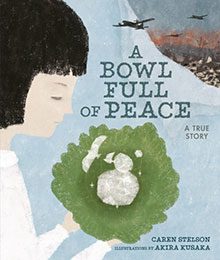
I always knew Grandmother’s bowl had its own story to tell.
When editor Carol Hinz suggested a picture book about Sachiko Yasui’s Nagasaki survival story for a younger audience, I was grateful for the invitation.
I knew immediately the focus would be Sachiko’s grandmother’s bowl.
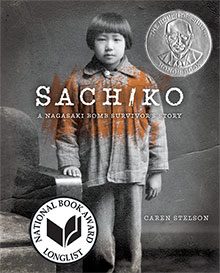
In Sachiko: A Nagasaki Bomb Survivor’s Story, Grandmother’s bowl was the only object Sachiko’s family found when they returned home after the atomic bombing of their city at the end of World War II. As Sachiko’s story unfolds, the bowl becomes an image, a thread, an endowed object on the altar of memory and peace.
I remember the first time Sachiko Yasui told me about her grandmother’s bowl. Chills ran up and down my arms as I listened. On each August 9th, the anniversary of the atomic bombing of Nagasaki, Sachiko’s mother would fill the bowl with ice. Sachiko’s family would remember their thirst from the heat of the explosion, the family and friends they lost to the bomb, and the 74,000 people in Nagasaki who died from wounds and radiation exposure. All day long, Sachiko’s family remembered and prayed for world peace as the ice melted.
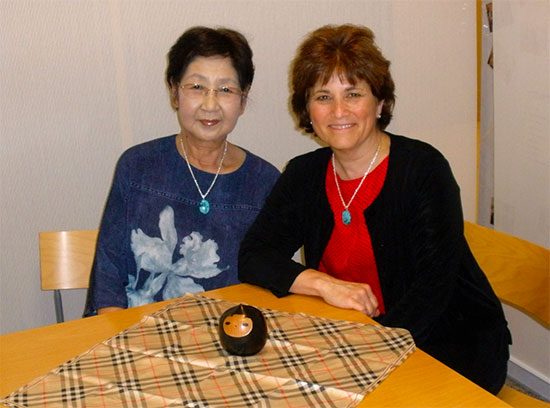
The last time I visited Sachiko in Nagasaki, she thanked me for giving new life to Grandmother’s bowl. Then, to my surprise, she gave me the bowl. That bowl sat on my writing desk during the entire time I wrote A Bowl Full of Peace, as my touchstone to the story.
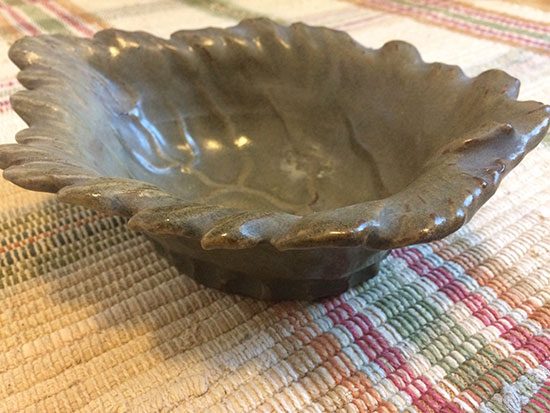
While writing Sachiko’s story for the first time, I faced the burden of telling such a difficult story to middle school and high school readers. I worried the trauma of nuclear war would paralyze them, as it nearly did me. How would I write Sachiko’s story for young children?
Each day I worked on A Bowl Full of Peace, I kept the eight- and nine-year-olds I used to teach close to my heart. I imagined my beloved two-year-old grandson reading this book when he is in third grade and held that image tenderly in my mind. We can’t hide difficult history from children, but how do we share enough for them to comprehend it? The most important element of the story I knew would be hope. As writers for children, we must give our young readers hope and a sense of agency in that hope. Could my words for Sachiko’s story do that? And what about the illustrations? Would the illustrations guide us to that goal, too?
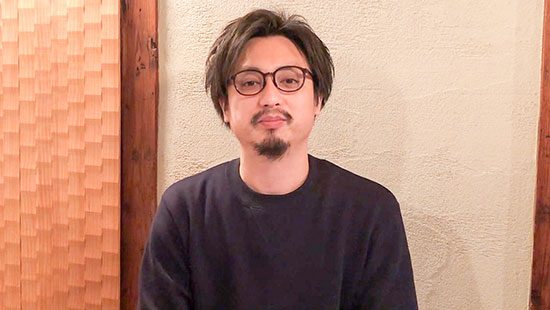
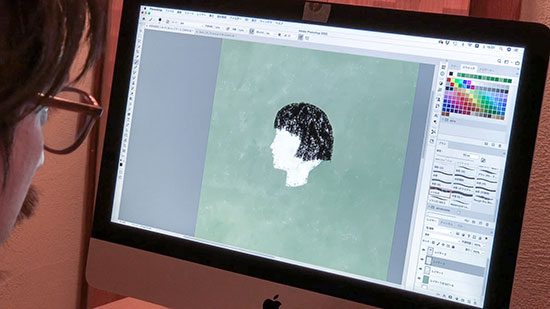
How fortunate the illustrator for A Bowl Full of Peace is the talented Japanese artist, Akira Kusaka. For any artist, illustrating Sachiko’s story would have been a demanding invitation. For Akira Kusaka, it changed the way he viewed his work as an artist. In an interview translated from Japanese to English, Akira said:
“… When I was asked to draw illustrations for this story … I was very anxious. Could my drawings really convey what happened to Sachiko in A Bowl Full of Peace? … I was afraid my chest would hurt, my feelings would jumble up, and those feelings would be so painful that I might not be able to complete the illustrations. Perhaps that’s why I had been avoiding drawing about war without noticing … I began to imagine the book’s illustrations. I thought: It’s a picture book, so the first thing I should remember is that my illustrations are for children. The most difficult part of illustrating was to keep the balance; to continually remind myself the book was for children … My goal was to match Caren’s text and my illustrations so that this book would become a book with emotions, just like a human being.… This book conveys the distress and pain of war. But at the same time, I learned a lot about overcoming hardships and finding courage to confront difficulties.… Drawing for this picture book made me take illustrating more seriously than before … This book may be based on Sachiko Yasiu’s experience, but in my opinion, it’s not just a book, it’s Sachiko herself. It’s about her wish for peace … This is what we have to hand down to posterity.”
We’ll share Akira’s full video interview with you soon.
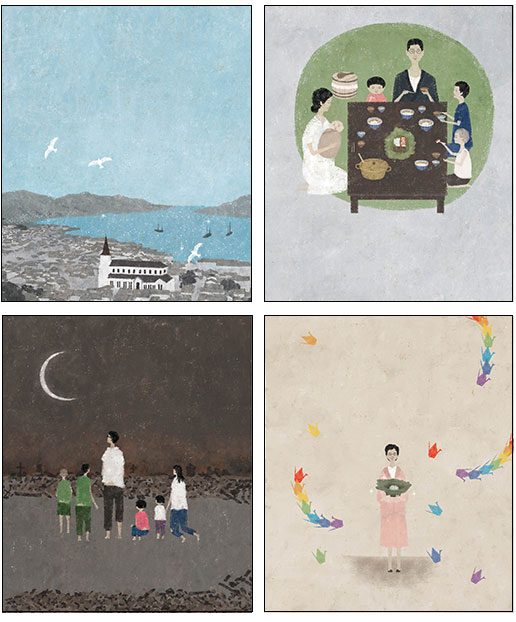
Akira Kusaka accepted a near impossible challenge and delivered Sachiko’s story with honesty, sensitivity, and compassion. One day I hope to meet Akira-san and thank him for bringing A Bowl Full of Peace to life for all of us. We both know it has been our deep privilege to pass Sachiko’s story and her message of peace on to the next generation.


3 thoughts on “A Bowl Full of Peace”
What a wonderful article about the background of the book & illustrator. We’re all looking forward to reading it!
Such an amazing story and I am very excited for you!!!
Hi, Caren,
I was going though my books today and came across Sachiko, which brought back my memories of interviewing you. I still cherish this book. My granddaughter, Lucia, was recently visiting me. She is eleven and a voracious reader. Loves history and nonfiction. Or historical fiction. So I plan to send her my copy of Sachiko and tell her about meeting you. I see from the above that you’ve written a follow-up. I’ll send that to her too.
I hope you’re doing well in these crazy times! All the best, Vicky